Nerea Vera is renovating a house. In the republican-era neighborhood of Vedado, where salty air and hurricane rain and tree roots have gnawed at the façades, it’s good to see neoclassical bones and Art Nouveau floors being buffed up. Open to visitors by appointment, Vera’s house is a sort of accidental museum. It tells, in microcosm, the story of the Cuban Republic—that stretch from 1902, when Cuba grew as an independent country following the end of wars with Spain and the US military occupation, until the rise of Castro in 1959. Utilizing her skills as an engraver, sculptor, illustrator, and painter, Vera restored the house’s moldings and murals. There are objects left by the house’s previous owners, including a Baccarat lamp, a 1930 Victrola gramophone, and a 19th-century chess table, alongside Vera’s own work (an intricate drawing of Che Guevara’s corpse as a martyr and a series of relic-like blown-glass hearts kept in a suitcase), and items she has brought into the house, like a Steinway & Sons grand piano that used to belong to the Havana Cathedral.
The house’s original owner, Juan Cruz Bustillo, a mason and mambí (a veteran of the wars of independence), acquired the land in 1902 with war compensation before joining the new republican army. After the 1959 revolution, the state expropriated the ground floor. Over the years, like other once bourgeois families, the Bustillos became impoverished, and they sold their home to Vera. In addition to renovating the house, she is resurrecting the sophisticated society magazine Social 1916, reprinting old content in limited editions produced on a restored vintage printing press. One day, when a free press is finally allowed, she hopes to create a contemporary version of the publication.
Vera was living in Spain when the pandemic hit and she decided to return home. Her commitment is uncommon in a country in the midst of an emigration crisis. By some estimates Cuba’s population fell 18 percent between 2022 and 2023. On an island scarred by exile, this is the biggest migratory wave in Cuba’s history. Why? An economy teetering on collapse, US sanctions, the pandemic, shortages of medicine and food, a failing electrical grid, and the economic and political choices of the Cuban state. In 2021 the government scrapped the dual currency (the peso and the convertible peso, which was pegged to the dollar) and reformed prices, salaries, the ration economy, and pensions. Hyperinflation ensued. Fuel is up 500 percent. Blackouts are constant. A crackdown following a popular protest in 2021 left more than a thousand Cubans, mostly young people, in jail. In 2021, the US put Cuba on the terror list; Americans must seek a special license to visit the island nation unless they meet one of 12 categories of authorized travel. Tourism subsequently fell by more than half.
I’ve been traveling regularly to Cuba for almost two decades but hadn’t been back in several years. On this trip—which included Havana, Trinidad on the south coast, and the Viñales Valley in the west—I was glad to see a growing entrepreneurship in the midst of such trying times. Since 2021 the state has permitted small and medium-size businesses, or mipymes, to import, export, and receive investment. Corner shops sell jamón Ibérico from Spain, biscuits from Costa Rica, and foreign beers by the dozen. The supply-chain revolution means private restaurants, bars, and hotels can access quality provisions. In this respect, things are much better.
The opening of an 11-room boutique hotel is an unremarkable affair in most places, but amid the rutted and vibrant dilapidation of Cayo Hueso, a working-class stronghold of central Havana, Andrés Levín’s Tribe Caribe is a beacon. “Centro” doesn’t get much tourist love—most visitors skip from Old Havana’s honeypot squares to leafy, lofty Vedado. But Andrés—a musician, producer, and the front man for the Latin fusion band Yerba Buena—is trying to move the needle. He and his business partner Chris Cornell acquired the building, which housed a bar in the 1940s, after it caught Andrés’s attention. “It was a peculiar structure, eclectic and solid,” he says, “with its cage elevator that had so many layers and so much beauty.” Though he was looking only for an apartment and recording studio space and didn’t plan to become a hotelier, Andrés fell more and more in love with the building. Slowly he and Cornell acquired all the apartments and began an interminable restoration (every restoration in Havana is interminable) with the help of architect Orlando Inclán, the darling of Havana boutique-hotel design. All of the materials, from the glasswork to the brass fixtures, tiles, and chandeliers, are Cuban. The ancient elevator, with enough patience, was fixed. Marble workers updated the 100-year-old bathrooms. Reclaimed tropical-wood window frames were hauled up and vintage mahogany chairs were sourced. The Havana curator Sachie Hernández Machin made sure the art was top-notch and enlisted local muralist Carlos Quintana to transform the patio. They created a dreamy rooftop restaurant that overlooks the twinkling Caribbean Sea and where breakfast is served. Many a party has been thrown here.
Andrés, with his Stetson, enormous rings, little hairless dog, and whiff of Burning Man, is brashly cool. “We have the spirit of pioneering in a neighborhood that has little,” he tells me in a voice reminiscent of Morgan Freeman’s. “So that made it very exciting. I like to see it as a turning point in the area and hope other projects will follow.” A Venezuelan Argentinean, Andrés fell for the island 20 years ago. The fierce heritage of Cayo Hueso’s vibrant and earthy streets has made the neighborhood his musical muse. Legendary singer Omara Portuondo grew up on this tiny patch. Andrés counts among his collaborators living Cayo Hueso musicians Los Van Van, Gonzalo Rubalcaba, Pedrito Martínez, and Yissy García.
He also holds talent contests for the local rumba schoolboys, the winners of which appear on his albums. Music videos are produced using emerging talent when possible; his entire key staff are women. “I want to elevate talented working-class women in a macho country,” Andrés says. He whisks me to a wild salsa gig by his chum Alain Pérez and throws a party in the Black Box space downstairs for the release of his album Regreso a Gondwana. One song, “Manteca 2.0,” is a tribute to a cult piece of 1947 Afro-Cuban jazz by Dizzy Gillespie and Chano Pozo, as well as to Cayo Hueso. Andrés hosts a rooftop soiree where the Buena Vista Social Club jazzista Idania Valdés performs. “I’ve lived in Rio, Mexico City, and New York City, but so much unexpected shit goes into the perfect night here. It’s the music and the people and stories, the improvisation and the virility.”
I leave town the next day and drive four hours to Trinidad, on the south coast, with my friend Johnny Considine, a Havana-based Irishman and travel specialist who’s organized countless trips for me over many years. He and I never get bored of discussing the nitty-gritty of Cuba. He has watched as Soviet-style state-led tourism has given way to an environment that, though things are undeniably bad, is hospitable for foreigners to visit and bring new lifeblood to the private sector, currently dominated by local Cubans who supply most transport, tours, restaurants, and stays. “Cuba is an outlier,” Johnny says, explaining that it’s a society that has “no mortgages, credit cards, pensions, or advertising, so people live in the moment and have an attitude to life that is about finding solutions in a way that’s good-humored and always hopeful.”
Founded in 1514 by the conquistador Diego Velázquez, Cuba’s first governor, the town of Trinidad is a humid tableau of pastel mansions with internal courtyards, rust-red rooftops, grille windows, and sloped, cobbled, and soporific streets. I love the deep dreamy green of the shadowy Sierra Escambray mountain range and the seemingly infinite royal palms rippling across the horizon. Trinidad’s slavery-fueled wealth peaked by the mid–19th century, then tumbled. Its faded and dusty mansions are spangled with Italian marble floors, Mudéjar ceilings, and the fanciest European furniture of the day, now wracked by termites.
When in Trinidad I like to stay at La Casona, a ranch-style homestead on the edge of town that was built in the mid-1800s. La Casona is not in any way fancy, but it has character and soul; it’s a place where glossy-maned horses still occupy stables. Nothing here changes much, and nothing changes in Trinidad.
Less than an hour away are the Escambray Mountains and the parallel universe of the tiny village of Nengoa. This is where we visit sexagenarians Ramón Muñoz Oliva and his wife, Mercedes, whose clapboard house stands close to a cathedral-like cave with a crashing waterfall and bone-cold air. I was last here six years ago, when our camper van couldn’t make it up the steep incline toward the waterfall, so we abandoned the vehicle on the roadside and caught a lift in the back of a camion truck with some coffee farmers. I wanted to return and check in with the Olivas, whose way of life is like something from another time. The pair run a small off-grid coffee farm and prepare meals for passing visitors. Mercedes, who cures her own pork, serves it to us with moros, mariquita plantain chips, shredded white cabbage, malanga purée, country coffee filtered through cotton, and sour passion-fruit juice. She explains how she came to the mountains to live with Ramón in his childhood home: “He lived in Trinidad on the same corner as me. He was divorced. I liked the country.” They have an outdoor kitchen and a bevy of rabbits in hutches. Creole chickens weave between our legs, a chunky pig snuffles across the dirt floor, and a dusty ginger cat snoozes on a goatskin chair. Prior to getting a mobile phone just before the pandemic, Mercedes would walk more than a mile to use a neighbor’s landline. She plucks a fuchsia orchid from her flower bed and gives it to me before I leave.
The best way to enjoy Trinidad’s sea is by sidestepping the brutalist all-inclusives on nearby Playa Ancon and booking a skippered yacht for a night or two to sail past Cuba’s coastline of reefs, beaches, mangroves, scrublands, and evergreen forests. The cayos—or keys—are plops of milky sand ringed by bright verdigris; the waters are roaming territory for squid, turtles, pelicans, and iguanas. We jump on a catamaran in time to catch the presunset as swallows swoop in the sherbet sky. On Cayo Macho we sunbathe as craggy-backed iguanas watch over us in hope of food; come nighttime, we eat fresh-caught lobsters as stars light up the sky like lasers.
Back on terra firma, Johnny and I head west, to Pinar del Río, the province on the island’s westerly tip that resembles the twisted, straggly end of a rustic country cigar, like the ones rolled by its farmers. In Viñales, limestone knolls, or mogotes, emerge from the valley’s bloodred earth like upturned loaves. We ride up to a lookout point with a calm guajiro (agricultural worker) called Faisel Valdés and watch over the Valle de la Penitencia, where peach-gray mogotes touch the overcast sky and vultures wheel overhead. Valdés came here in the 1990s, stayed, and got married. We talk about the meteor that scattered its unearthly remains in the Viñales Valley in 2019. It was wild, he tells me. The farmer who landed the biggest chunk of meteor got a new wife.
For me there is no Viñales without Luis Deulofeu, an artist and writer who runs a tiny three-room guesthouse, MogoteArt, in a simple stone cottage cradled by its own mogote and filled with books, hammocks, and rocking chairs. Luna, the old Labrador retriever, sleeps on her back with her legs in the air as if she has rigor mortis. Luis returned to his hometown to create this haven after 20 years of living and working in Madrid and Paris. The son of a guajiro, he was expected to stay and get married. Instead, after his father gifted him a typewriter, purchased with the money from his family’s onion harvest, Luis moved to Spain and wrote his first novel. He’s involved in local politics, so a constant stream of guajiros pass by to discuss their problems. All the food he prepares is delicious, whether it’s a simple arugula salad or pork slow-cooked on charcoal all day in the garden.

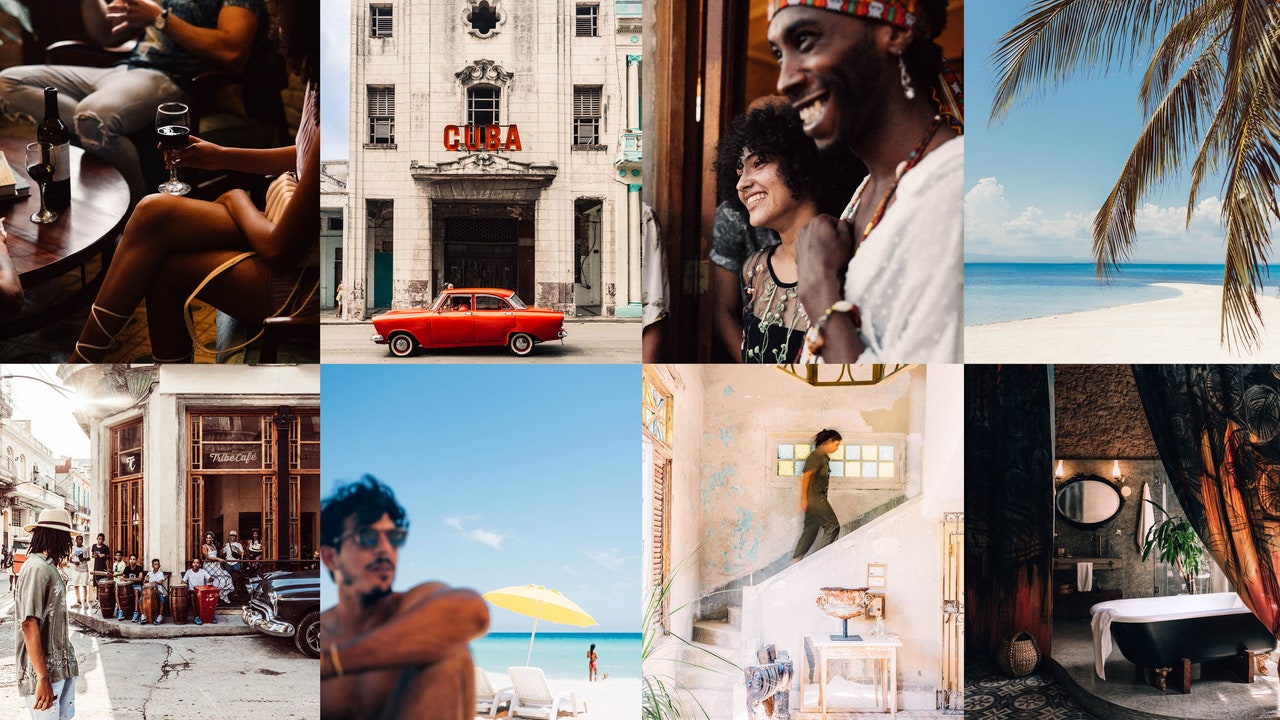






















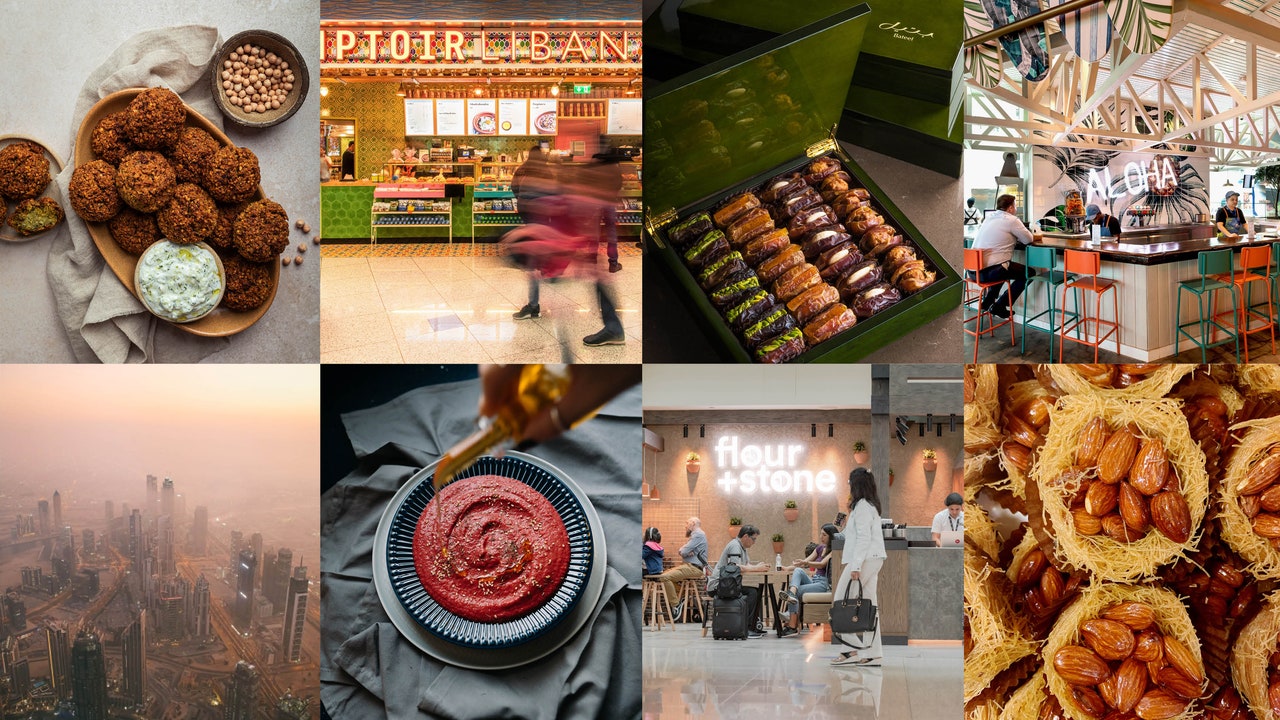

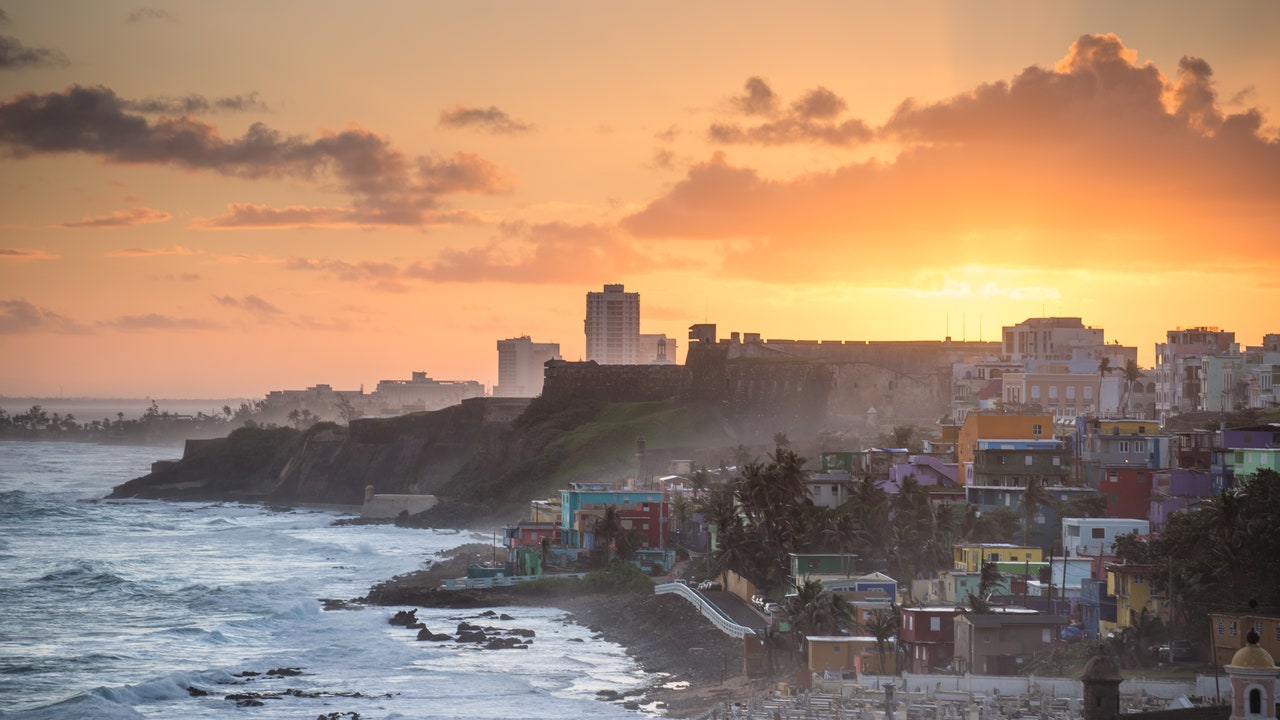

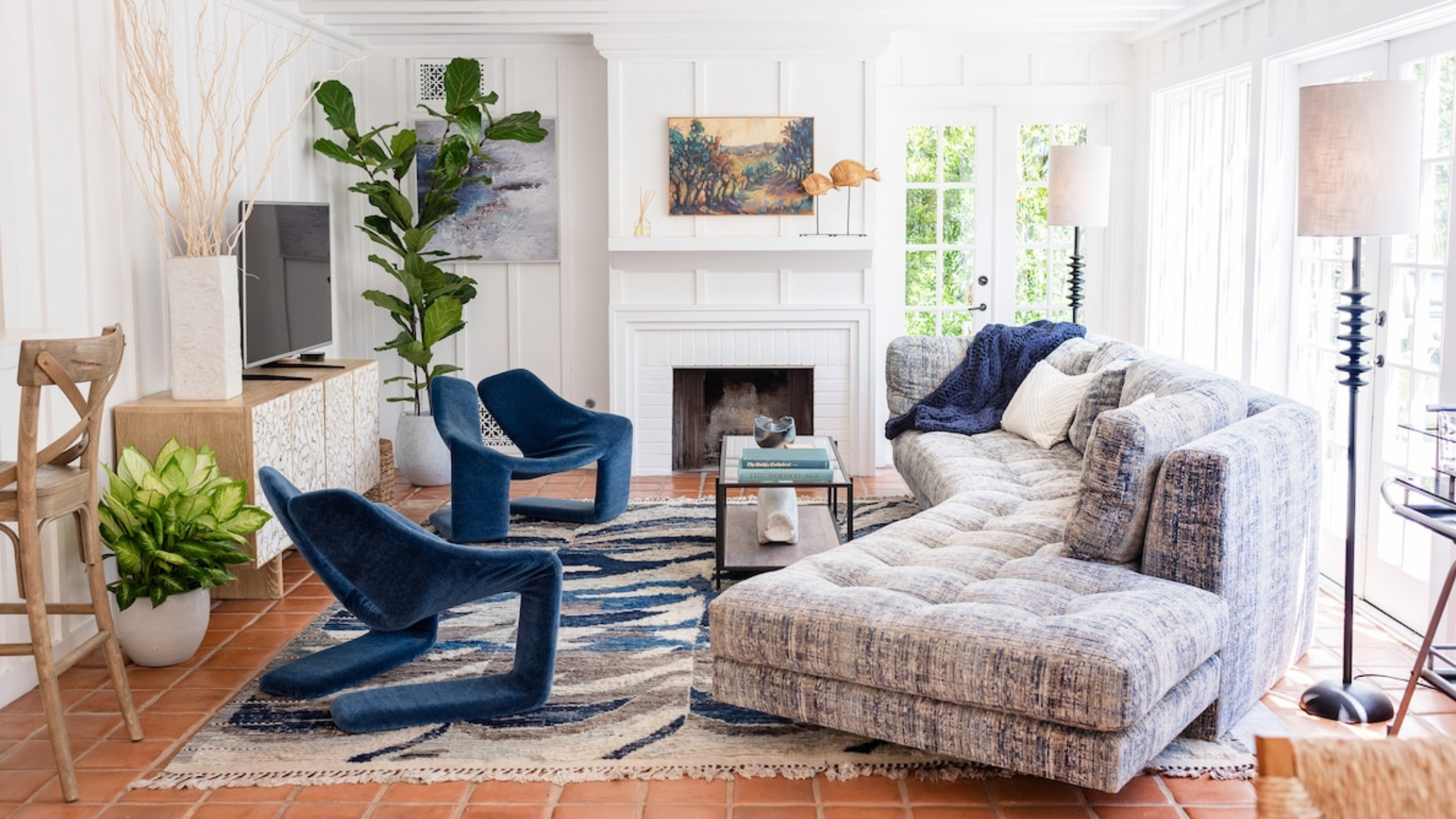

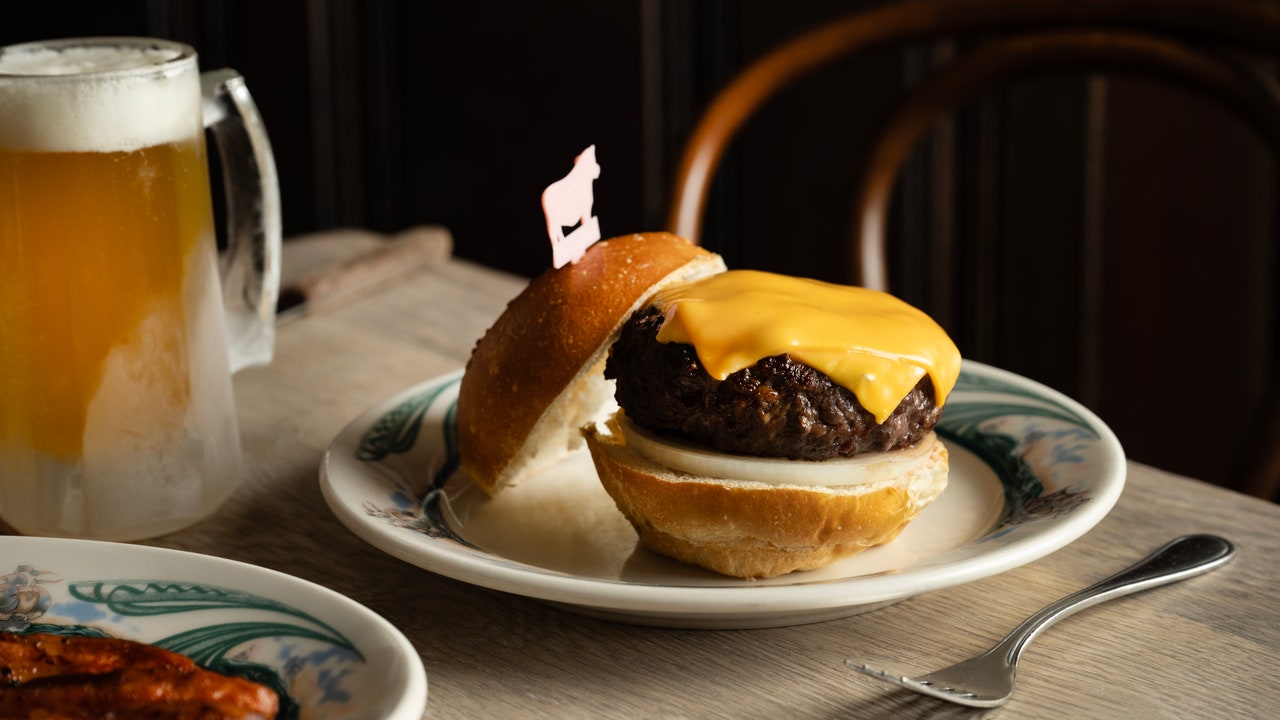
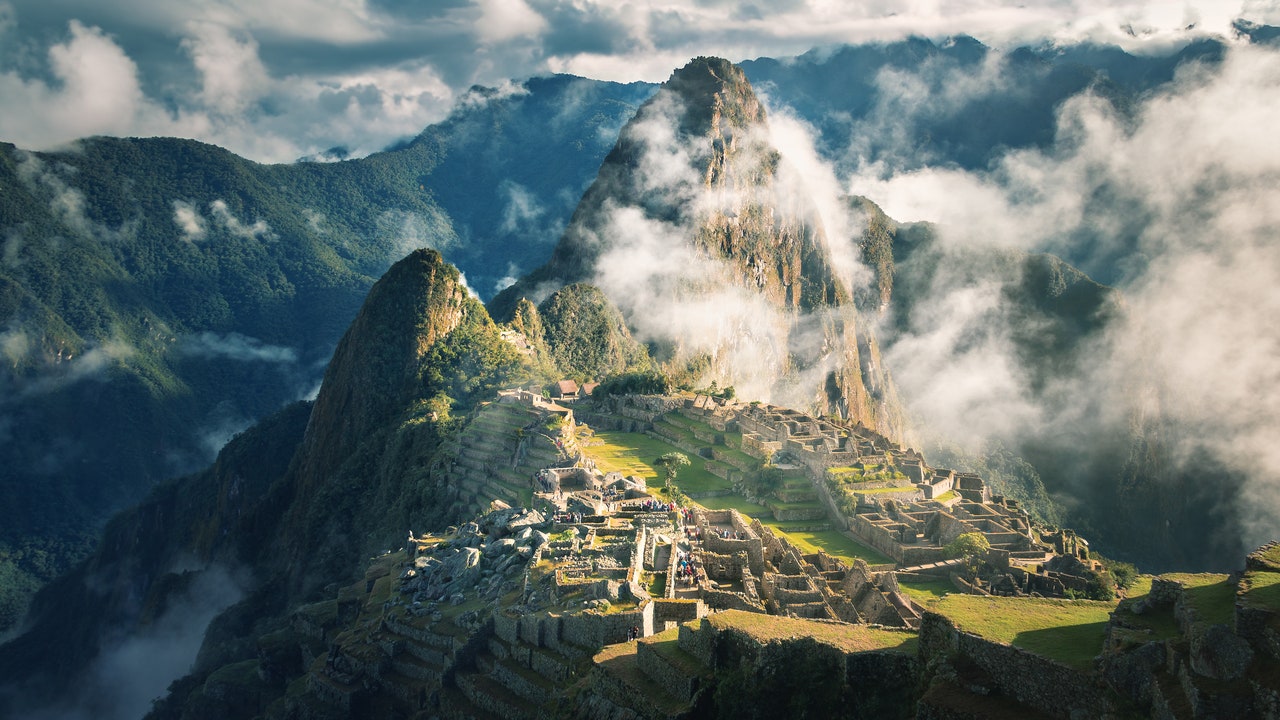





Leave a Reply